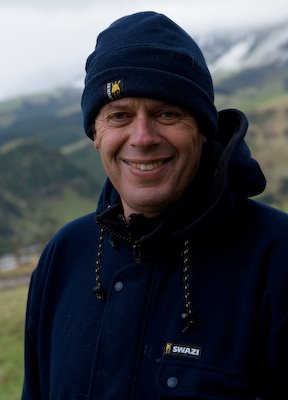Kia ora tatou:
A number of people have mentioned to me that they would like to spend some time brushing up on their technique and getting to grips with digital photography (or just building on what they already know).
For that reason, and since I will be in Christchurch most weekends this January working on weddings, I propose to hold a series of one-day seminars looking at some of these aspects. So here with, may I present(dah dah)
The Summer Sunday Workshops. They are as follows:
January 14. Digital basics. Venue:
In this workshop we will look at issues of lens choice, exposure, use of the histogram, and implications of ISO. We will look at issues surrounding shooting in JPEG or raw and how to get the best possible file for later processing. We will look at how to analyse a scene, and what corrections to apply for a later working the file up for a finished print. Basic technique is something we all need to revisit from time to time, so there should be something here for everybody, whether you’re an absolute beginner or more advanced. You’ll need to bring lunch, your equipment, and a tripod.
January 21. Digital Darkroom Basics. Venue: to be advised (but somewhere in/near
The seminar follows on from the digital basics workshop. In this workshop I will talk about processing files (with particular reference to Lightroom), the difference between raw converters and how to prepare your images for either print or projection(there is a difference).We will look at issues such as sharpening, saving and archiving. I will attempt to demystify Lightroom and show you how to develop a workflow using it. If you have a laptop, bring it along. The seminar is aimed at all if you have find the darkroom (or should I say Lightroom) side of digital photography a fraught process.
January 28. Previsualisation: a creative approach to the landscape. Venue: Arthurs Pass. Time: 0500-1600
This workshop follows on from what we learned in the previous two (not that you need to have done the previous two to take part in this one). Following on from what we discussed in the previous two, I want to spend time working with you in the field, considering a live subject (if you can consider the landscape alive!),considering what it is he want to say about that landscape, identifying the features that you want to include, and thinking it through to the finished image, whether that be print or projection. In a previous post I talked about the concept of previsualisation; in this workshop I want to show you how to approach the subject and a methodology that will guarantee predictable results. You needed to bring equipment, lunch and money for coffee!
Workshops one and three are limited to 12 participants; workshop two is limited to 20.The fee foe each of the 3 days is $100.
These seminars would be great preparation for the upcoming April and July workshops in the Maniototo, which will focus on creativity and developing personal style.








